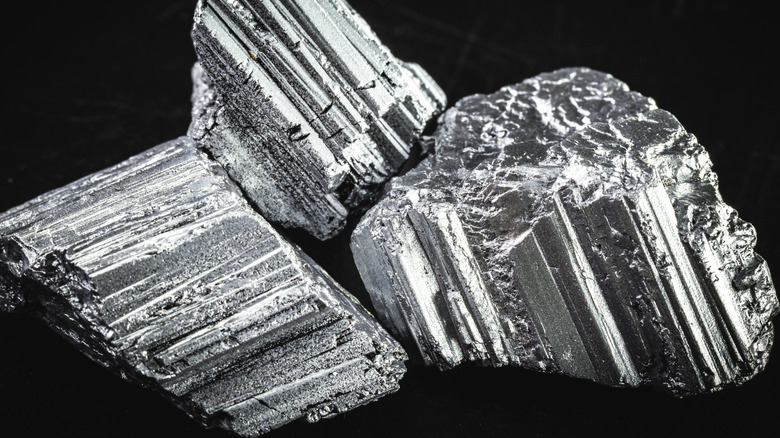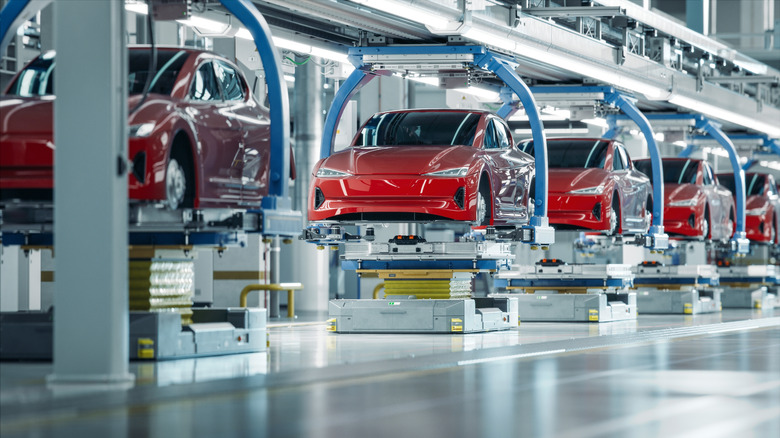What Are Rare Earth Magnets And Why Do Car Companies Need Them From China?
Rare earth magnets play a massive role in the auto industry, and they're found in everything from electric motors to power steering systems. But there is a downside to the dependence on rare earth elements, and most carmakers don't control where they come from. That's where China enters the picture.
Rare earth magnets are the strongest magnets and are made from elements in the Lanthanide group on the periodic table. Despite the name, these metals aren't actually rare and are fairly common in the Earth's crust. However, they're usually scattered in small amounts and mixed with other materials, which makes them difficult and costly to extract. This tight availability means only a handful of locations around the world produce most of the global supply, with China responsible for 90% of the magnets used in the auto industry.
Car companies rely heavily on rare earth magnets like neodymium and samarium-cobalt for their electric and hybrid vehicles, including the most reliable EVs on the market, as they play an important role in how electric motors operate. These magnets help convert electrical power into motion, making the vehicle move. Motors built with permanent magnets are known for their efficiency, often requiring less energy and allowing the car to travel farther on a single charge. Their strength also enables a more compact motor design, reducing overall weight without sacrificing performance. On top of that, these magnets hold up well under high temperatures, providing steady, reliable function even in tough driving conditions.
China's rare earth magnet policy is negatively impacting car companies
In the lead-up to 2025, China started tightening its hold on rare earth exports, magnets included, by rolling out new rules and hinting at bigger changes to come. At first, the focus was mostly on raw materials and compounds, but even that was enough to make car companies nervous. The early restrictions created a lot of uncertainty for manufacturers who rely on Chinese suppliers, and it was clear something larger was on the horizon.
That shift came in April 2025, when China officially expanded its export controls to cover rare earth magnets and a group of seven heavy rare earth elements. This was a direct hit to finished products, and from that point on, companies needed special government licenses to get shipments out of the country. It marked a serious escalation in China's grip on critical materials and added even more strain to global supply chains already struggling to keep up with demand.
As automakers work to keep production on track, finding alternatives to rare earth magnets used to power electric car motors hasn't been easy. Engineers have tested other motor designs, but none are perfect. Induction motors, like the kind used in some Tesla models, don't depend on rare earths, but they're typically bulkier and less efficient in certain situations. Another option, switched reluctance motors, comes with its own headaches, including noisy operation and tricky control systems that would need a full redesign to be practical.

